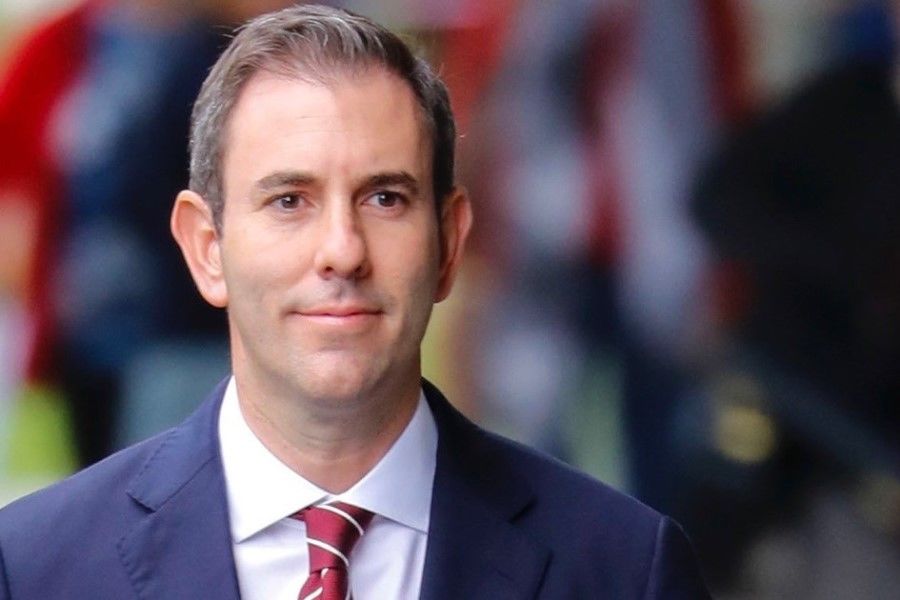Turning savings into a better world
Is the Treasurer’s call for greater investment in social and environmental projects missing a key ingredient – a simple means for everyday Australians to participate?

Key Points
- Treasurer Jim Chalmers has called for greater private investment in social housing and renewable energy infrastructure.
Separately, he has called on the ACCC to investigate banks reticence to pass on interest rate rises.
- But is he missing the opportunity to put the two together to mobilise older Australians looking for safe ways to invest their cash?
Lots of older people worry what to do with their savings.
While many have much of their life savings tied up in superannuation, others play a more active role and self-manage or invest directly in shares or property. Others seek the safe harbour of cash to complement these options, knowing its wise not to keep all your eggs in one basket.
Billions of dollars are invested in savings accounts or term deposits attracting a lower return but offering a lot more safety. Which is a fair enough strategy for retirees still worried by the prospect of another GFC.
However, as interest rates climb, savers don’t seem to be getting the same level of uplift to their savings accounts (in comparison to those with home loans hanging around their necks). It prompted Sydney Morning Herald journalist, Clancy Yeates, to make this pointed observation:
"The aggressive tightening in rates has caused banks’ margins to widen sharply, as lenders have passed on the rate increase to standard variable mortgage rates in full, but passed on a smaller portion to savers."
The Treasurer Jim Chalmers has already stepped into this fight by requesting the Australian Competition and Consumer Commission (ACCC) conduct an inquiry to uncover how banks determine their savings rates. But until this is completed the everyday investor is left to shop around for the best deal.
Meanwhile, the Treasurer is also taking aim at large financial institutions, such as superannuation trustees, calling on them to shift some of their mountains of money to build affordable housing and renewable energy infrastructure.
In his recent essay, he argues there is an opportunity for investors to fund public goods and still make a return. The trick he says is to redesign markets to facilitate co-investment for social purposes.
While it remains to be seen whether superannuation funds will heed this call, there is an opportunity for government to facilitate co-investment in projects that lead to positive social outcomes, ones that makes use of investors need for safe returns.
While it is true anyone with dollar in their back pocket can buy government bonds, the process to do this is not simple as it is with putting your money into a bank.
If Chalmers is serious about raising the billions needed for renewable energy infrastructure or for social housing, then he should consider how he can make it easier for older Australians to invest in these projects.
One option is to offer people the chance to buy Clean Energy Bonds to fund projects like the government’s community battery scheme. By pooling everyday investors savings in the form of an easy-to-purchase bond, say over the counter at Australia Post, government could tap into billions of dollars to invest in achieving its social goals.
If Chalmers does this, older Australians looking for a safe place to park surplus cash might just heed the Treasurer's co-investment call.
Image credit: jimchalmers.org






